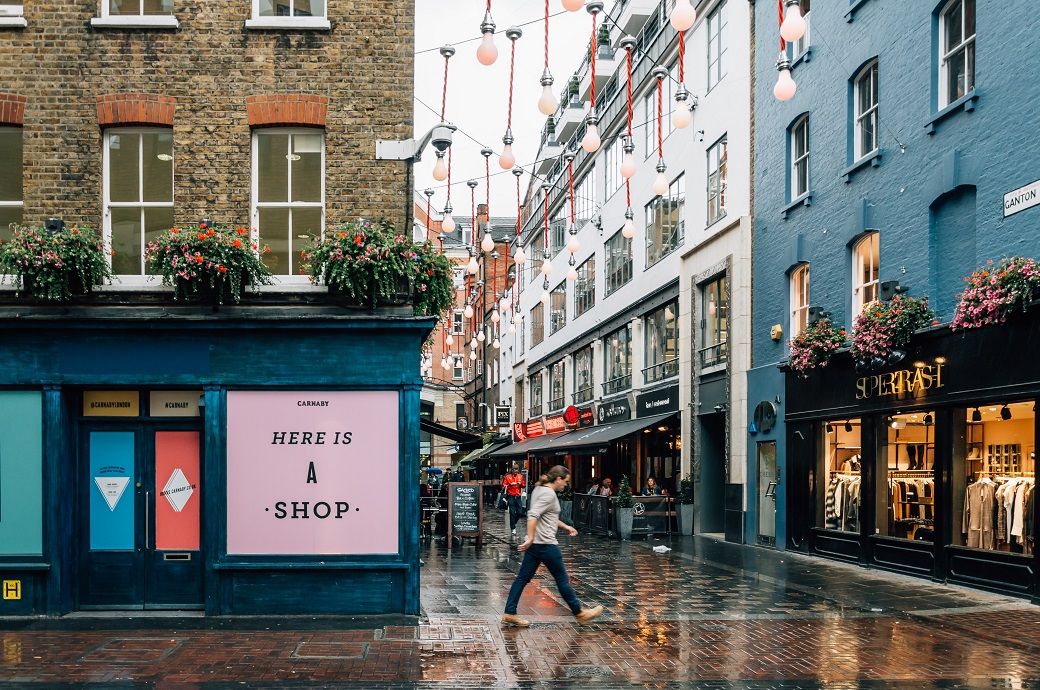
Shopping centre vacancies improved to 17.8 per cent, down from 18.2 per cent in Q4 2022. High street vacancies remained at 13.8 per cent in Q1, the same level as Q4. Retail park vacancies improved to 8.7 per cent in Q1, a 0.3 percentage point reduction from Q4 2023. It continues to remain the retail location with by far the lowest vacancy rate, the British Retail Consortium (BRC) said in a press release.
Helen Dickinson, chief executive of the BRC, said: “The vacancy rate in the first quarter of 2023 saw no improvement as cost pressures made many retailers think twice about investing in new stores. Despite shopping centres holding the highest proportion of empty units compared to other locations, it saw the largest quarterly occupancy increase thanks to the success of outlets as well as recent efforts to repurpose empty units, especially in the Northeast. While Northern regions saw the biggest uptick in net openings, they continued to lag behind the rest of the UK with the highest vacancy rates in the country, laying bare the North-South divide.
“With stubbornly high inflation and huge cost pressures facing business, retailers will continue to be cautious about future investments. Any regulatory burdens from the government will only force retailers to make difficult decisions about whether they can open new stores, or if they must close existing ones. by keeping oncoming regulation to a minimum, government will help to support upholding and growing vibrant communities across the country.”
Lucy Stainton, commercial director, Local Data Company, said: “The stabilisation of vacancy rates across Great Britain is partially indicative of operators, in the main, having a better than expected Christmas but coming into Q1 still cautious and biding their time to see how various macro-economic factors play out into 2023. This slowdown in activity along with the balance between pockets of growth versus sustained cost pressures has meant the first part of 2023 has seen comparatively slower structural change. That being said, whilst there has been a slowdown in the growth of independent businesses, we are seeing a number of chains return to focus on acquisitions and we predict that activity levels should ramp up between now and the end of the year, as the challenges operators face begin to ease up, with operators adapting their portfolios to meet current consumer demands, within this economic climate.
“It’s encouraging to see vacancy coming down across Great Britain shopping centres, which were badly challenged during the covid pandemic, more so than any other location type. Again, this speaks to a cautious return to growth for many chains, as well as more diversity within these schemes, as businesses who have traditionally been more high street focussed such as independents, turn their attention to shopping centre assets.”
Fibre2Fashion News Desk (NB)